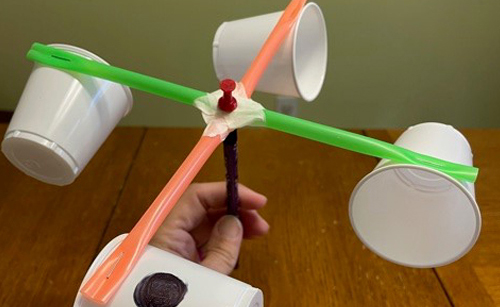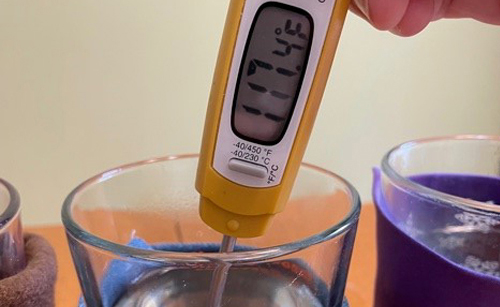These warm-blooded animals have backbones, grow hair or fur, breathe air, and have three middle ear bones. Another important characteristic is the presence of mammary glands used for producing milk for feeding young. Mammals include dogs, deer, and humans!
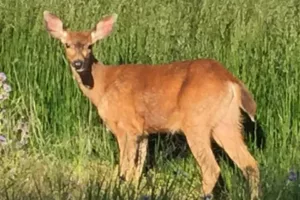
Columbian Black-Tailed Deer
Odocoileus hemionus
photo credit: Michael O’Loughlin
Black-tailed deer prefer to feed in open areas or along the edges of woodland. Black-tailed bucks grow and shed a set of antlers each year. In this way, antlers differ from horns, which grow internally and are permanent.
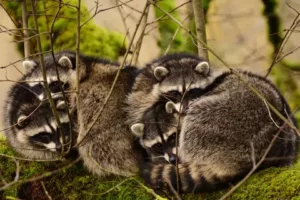
Common Raccoon
Procyon lotor
photo credit: Darian Santner
Raccoons have some of the most dexterous hands around. Their name comes from the Powhatan word aroughcun, which means "animal that scratches with its hands." They are omnivores and will eat just about anything.
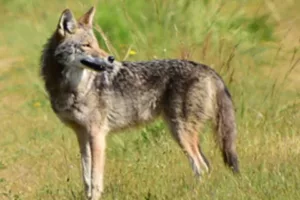
Coyote
Canis latrans
photo credit: Darian Santner
Coyotes are in the canine family along with dogs and wolves. One way to tell a coyote from a dog or wolf is to watch its tail when it runs. The coyote runs with its tail down. Dogs run with their tails up, and wolves run with their tails straight out.
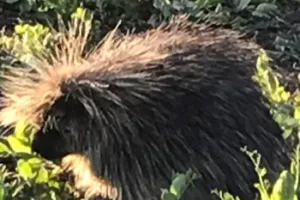
North American Porcupine
Erethizon dorsatum
photo credit: Michael O’Loughlin
The porcupine is the second-largest rodent in North America. They do not hibernate and their hollow quills and wooly underfur keep them warm. The quills insulate the porcupine, similar to a polar bear’s fur. In addition, the air-filled quills help the porcupine swim.
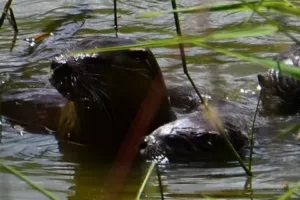
North American River Otter
Lontra canadensis
photo credit: Darian Santner
The river otter has thick fur to help them keep warm while swimming in cold water. They have webbed feet for swimming and can stay underwater for up to eight minutes. They have long whiskers, which they use to detect their prey in dark or cloudy water.

